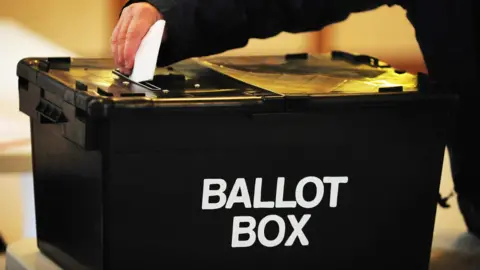The ongoing discourse surrounding representation and inclusion within political party structures has taken a significant turn with the anticipated exclusion of trans women from all-women candidate lists, following a landmark ruling by the Supreme Court. The recent judgement asserted that a woman is defined by her biological sex under equalities law. This determination has profound implications for how political parties organize candidate shortlists, particularly those that aim to bolster female representation.
For decades, all-women shortlists (AWS) have been utilized by parties, most notably Labour, to promote gender equality within political ranks. Introduced prior to the 1997 general election, Labour’s strategy sought to ensure that half of the candidates in winnable constituencies were women. This practice was established in response to ongoing disparities in gender representation, aiming to create a more balanced political landscape. However, the recent Supreme Court decision has reignited debates around gender identity and representation, particularly for trans individuals.
Historically, both Labour and the Scottish National Party (SNP) embraced policies that allowed trans women to stand for election on all-women shortlists, creating both advocacy and controversy. The evolving nature of gender identity in contemporary politics has put parties in a complex position, balancing the demand for inclusivity with legal definitions based on biological sex.
The Equalities and Human Rights Commission (EHRC), the authority responsible for enforcing equalities law, is currently expected to provide updated guidance in light of the Supreme Court ruling. Previously, the EHRC had highlighted what it termed an “anomaly,” where trans women, assigned male at birth, could access all-women lists while trans men faced limitations. Furthermore, a distinction arose between trans women holding a Gender Recognition Certificate (GRC) and those who did not, adding layers of complexity to the existing criteria for shortlists.
Moving forward, it is likely that the EHRC’s guidance will stipulate that all-women shortlists are exclusively for those identified as female at birth, effectively barring trans women from these lists. This exclusion raises critical questions about the future of AWS and their purpose within the context of gender representation. Introduced initially as a temporary measure to address underrepresentation, AWS were deemed unlawful until a parliamentary act legalized their use in 2002, extending their application through the Equality Act 2010 until 2030, contingent upon clear underrepresentation of women.
Notably, the impact of the Supreme Court ruling on broader initiatives aimed at increasing female participation in politics remains uncertain. Advocacy groups such as 50:50 Parliament, which promotes gender balance in UK elected positions, have expressed intentions to examine the judgement’s implications on their ongoing efforts.
Adding more context, Labour has recently suspended its use of AWS for the 2024 general election as their parliamentary contingent comprises a greater proportion of female MPs. However, with their representation now standing at approximately 47%, discussions regarding the reinstatement of AWS for future selections may become increasingly pertinent. The law permits the use of AWS across several political bodies, including Westminster and devolved parliaments when certain conditions are met.
Conversely, the SNP, which previously implemented AWS successfully during the 2021 Scottish Parliament elections, has opted against their use at present due to claims that women are not underrepresented in Holyrood. This decision reflects the nuanced landscape of gender politics within various parties, where positions on AWS differ significantly across the political spectrum, with parties like the Conservatives and Liberal Democrats not adopting such policies.
As this contentious issue unfolds, it is clear that the intersection of gender identity, representation, and political inclusion remains a battleground in contemporary politics. The outcome of the EHRC’s forthcoming guidance will be pivotal, influencing the dynamics of candidate selection and the future role of all-women shortlists as political parties navigate the complexities of equality and representation in a diverse society.



